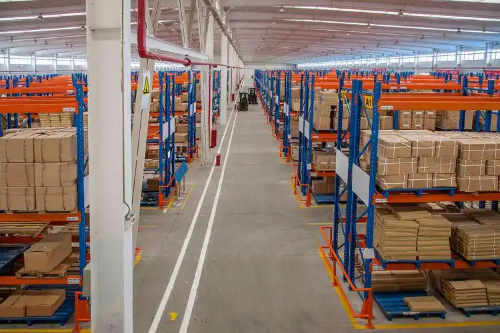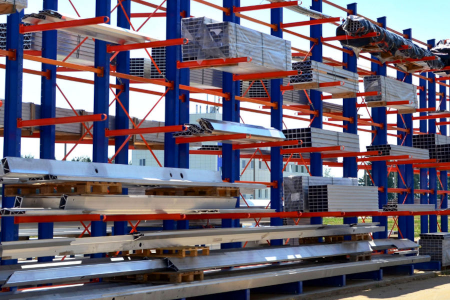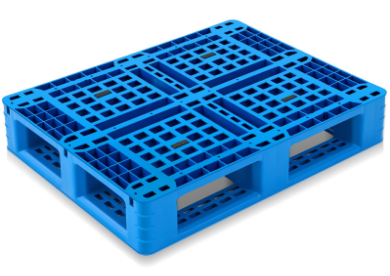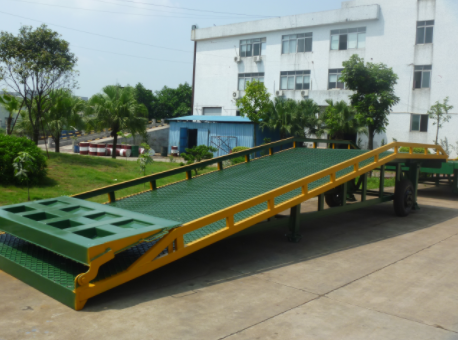 spieth12@spiethstorage.com
spieth12@spiethstorage.com +86 18006010205
+86 18006010205
LATEST NEWS
-
Time:9/16/2025
-
Time:9/15/2025
-
Time:9/10/2025
-
Time:9/5/2025
-
Time:9/2/2025
CONTACT US
-
 Tel : +86 18006010205
Tel : +86 18006010205
-
 E-mail : spieth12@spiethstorage.com
E-mail : spieth12@spiethstorage.com
-
 Address : Tongan Park, Tongan District, Xiamen, China 361023
Address : Tongan Park, Tongan District, Xiamen, China 361023
Product News
What Does Fifo Stand for in Inventory Management
 Time:8/1/2025
Time:8/1/2025 186
186Inventory management plays a critical role in modern supply chains. With the growing need for accuracy, traceability, and efficiency, companies must adopt strategies that optimize inventory flow and reduce waste. One of the most widely used and effective methods is the FIFO system. But what does FIFO stand for, and why is it so important in inventory management?

What Is FIFO?
FIFO stands for First In, First Out. It is a method used to manage the flow of inventory in which the oldest stock (the first items received) is the first to be used or sold. In other words, items are dispatched in the same order they were added to storage.
A common example of FIFO can be found in supermarkets, where products like milk or yogurt are arranged so that the oldest items are at the front and newer stock is placed behind. This ensures that items are sold before their expiration dates and reduces spoilage.
How FIFO Works in Inventory Management
In practical warehouse operations, FIFO is implemented by organizing inventory so that the oldest items are the most accessible. This may involve:
Storing items chronologically from front to back
Using FIFO-compatible racking systems, such as pallet flow racks or gravity racks
Labeling inventory with receiving dates and batch numbers
Warehouse staff retrieve the front (oldest) stock for dispatch, while new inventory is loaded at the back. This system is especially beneficial when combined with inventory management software that tracks stock age and turnover.
FIFO is often compared to other inventory methods like LIFO (Last In, First Out) and FEFO (First Expired, First Out). While LIFO may be used in specific accounting scenarios, FIFO is generally more practical for inventory where shelf life and freshness matter.
Advantages of FIFO
Implementing the FIFO method in your inventory management system provides several benefits:
Better Shelf-Life Control: Ensures that perishable or time-sensitive goods are used before expiration.
Reduced Waste: Minimizes the chances of stock obsolescence or spoilage.
Accurate Financial Reporting: In accounting, FIFO often aligns with actual inventory movement, giving a realistic picture of cost and profit.
Simplified Batch Tracking: Particularly useful in industries requiring batch-level traceability, like pharmaceuticals or food.
Industries Where FIFO Is Commonly Used
The FIFO approach is especially relevant in industries where product rotation and freshness are essential:
Food and Beverage – to comply with health regulations and reduce spoilage.
Pharmaceuticals and Healthcare – to maintain product efficacy and safety.
Retail – for faster-moving consumer goods.
E-commerce Fulfillment Centers – for efficient turnover and stock accuracy.
Common FIFO Storage Solutions
Pallet Flow Racking Systems: Allow pallets to move forward automatically on sloped rollers.
Drive-Through and Gravity Racks: Structured for first-in access and easy outflow.
Stackable and Collapsible Metal Bins: Durable containers that keep stock organized and accessible, especially in return logistics.
Wire Mesh Containers or Solid Panel Cages: Designed to hold goods securely while enabling orderly rotation.
Choosing the right storage solution depends on your inventory type, handling frequency, and warehouse layout.
Challenges of FIFO Inventory Management
Warehouse Design Requirements: You may need to adjust storage layouts to accommodate FIFO flow.
Labor Training: Staff must be trained to understand and follow FIFO procedures.
System Integration: Inventory software must support FIFO logic to monitor stock rotation accurately.
Space Management: FIFO sometimes requires more space to keep inventory accessible in the right sequence.
Despite these challenges, with proper planning and tools, FIFO can be a powerful asset to any inventory system.
Conclusion
FIFO, or First In, First Out, is more than just an inventory strategy—it’s a proven method for maintaining product quality, reducing waste, and ensuring efficient warehouse operations. Whether you're managing food items, pharmaceuticals, or general merchandise, FIFO helps streamline inventory flow and protect your bottom line.
By combining FIFO with the right logistics equipment, such as pallet racks or heavy-duty collapsible bins, businesses can build a reliable, future-ready inventory system.
Send Message
ONLINE SERVICE
-

-
 +86 18006010205
+86 18006010205 -
 +86 18006010205
+86 18006010205
 0
0
Browsing History


















 link:
link:




